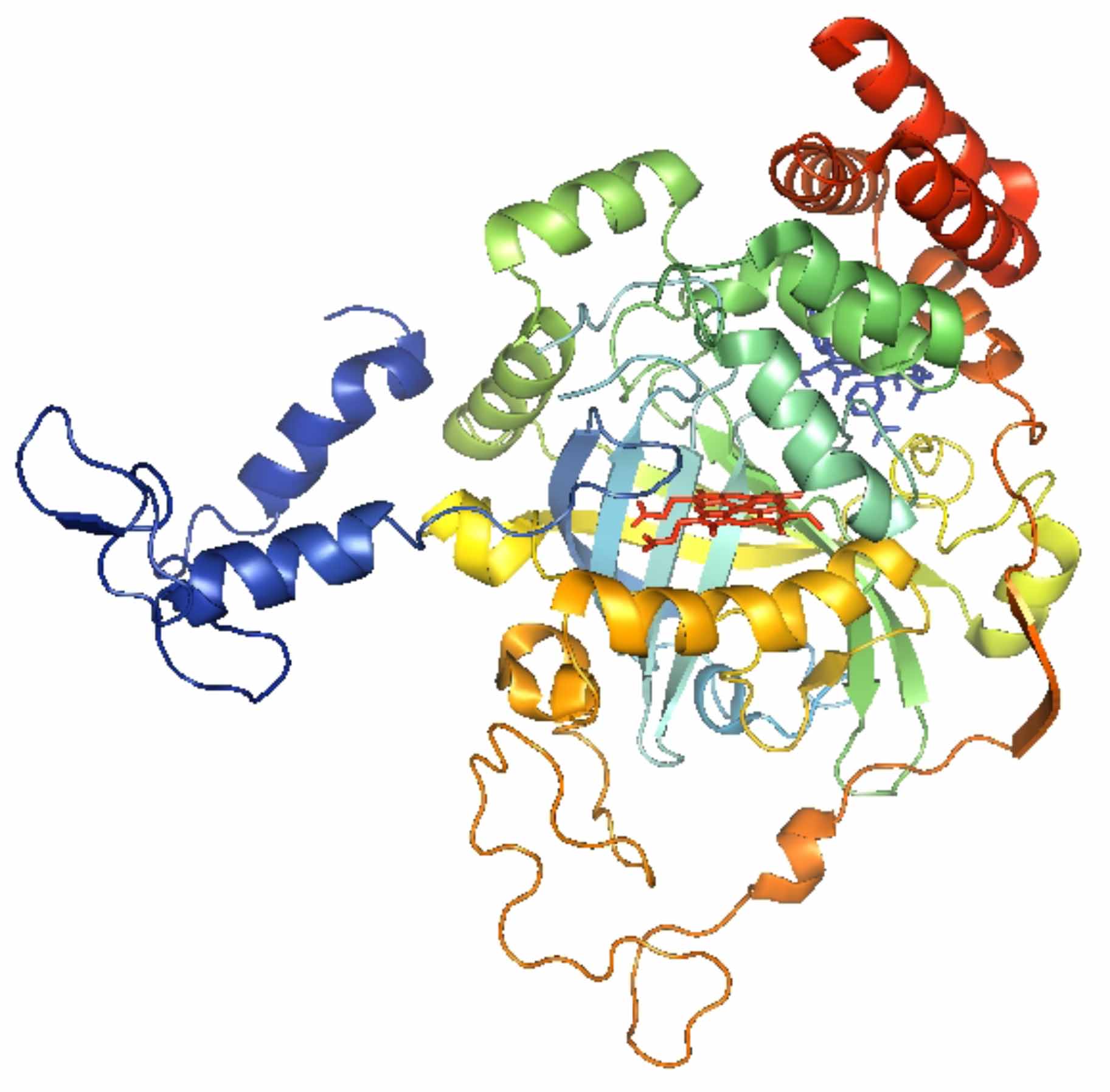


The Proteins & Biomaterials team at AgResearch (Christchurch, New Zealand) has a long track record in mammalian fibre and keratin research. We have experience and the capability to analyse and evaluate skin, nails, follicles, and hair from various species. Our team is involved from the molecular level through to the micro- and macrostructure of hair and skin. We are able to evaluate and compare samples to show differences caused by chemical (e.g., bleaching, detergents) and physical (heat, UV) insults. Our laboratories are well-equipped with the ability to treat and prepare samples, followed by analysis using LC or LC-MS/MS and bioinformatics analysis.
We have expertise in designing experiments to monitor oxidative and other chemical damage to proteins, amino acids, and lipids from skin and hair. We are able to extract proteins (including keratins) efficiently, analyse the proteome with LC-MS/MS, and use in-house developed software to perform relative quantitation of the different types of oxidative damage and other protein modifications between samples. We also routinely conduct amino acid analysis on hair samples which allows us to compare amino acid profiles including the ratio of cysteine to cysteic acid as a marker for damage. We have lipidomics methods to evaluate lipids from fibres to examine differences between different treatment groups.
Our microscopy capabilities include transmission and scanning electron microscopy in addition to light and fluorescence microscopy, with access to confocal light microscopy, micro-CT scanning, and atomic force microscopy. Our staff has extensive experience in examining hair, follicles, and skin nano-, micro- and macrostructures to observe, assess, and quantify damage from chemical and physical means.
Capabilities also include evaluation of formulations and products on 3-D skin models and human volunteer trials. We have in vitro skin models that are used to study absorption, synthesis of collagen and elastin, proteomic changes, and melanin changes. We also routinely run human volunteer skin trials to study the effects and benefits of novel ingredients and actives to support efficacy claims.
Contact
Stefan Clerens, Ph.D.
Science Team Leader
Proteins & Biomaterials
AgResearch Limited
Christchurch, New Zealand
E-mail: Stefan.Clerens@agresearch.co.nz
References
1. A.J. Grosvenor, J. Marsh, A. Thomas, J.A. Vernon, D.P. Harland, S. Clerens, and J.M. Dyer, Oxidative modification in human hair: The effect of the levels of Cu (II) Ions, UV exposure and hair pigmentation. Photochem. Photobiol., 92, 144-149 (2016); doi: 10.1111/php.12537.
2.
D.P. Harland, J.A. Vernon, R.J. Walls, and J.L. Woods, Transmission electron microscopy staining methods for the cortex of human hair: a modified osmium method and comparison with other stains. J. Microscop., 243, 184-196 (2011); doi: 10.1111/j.1365-2818.2011.03493.x.
3. D.P. Harland, R.J. Walls, J.A. Vernon, J.M. Dyer, J.L. Woods, and F. Bell, Three-dimensional architecture of macrofibrils in the human scalp hair cortex. J. Struct. Biol., 185, 397-404, (2014); doi: 10.1016/j.jsb.2014.01.010.
4. A. Roddick-Lanzilotta, R. Kelly, S. Scott, and S. Chahal, New keratin isolates: actives for natural hair protection. J. Cosmet. Sci., 58, 405-411 (2007).